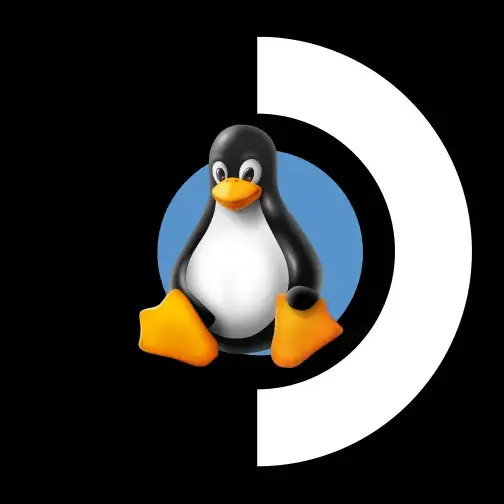

Out of interest, which aspect don’t you believe? The article is clear the broken update effects a specific subset of enterprise users, on a specific mix of base versions and cumulative updates.
This seems like a classic windows update issue. In fairness to Microsoft it is difficult to prevent bugs when there is a huge install base, with a huge range of hardware, with a huge range of users on different mixes of updates and updating at their own. I personally think that’s totally believable.
What’s not clear is perhaps the implied overarching story that W11 is worse for this than other versions of Windows. I can’t answer that about windows updates themselves, but I certainly believe W11 is the worst version of Windows I’ve ever used (and I’ve used every version back to 3.11 as a kid). I have to use W11 at work: the UI is absolutely terrible and unfriendly but far worse it constantly and inexplicably slows down, programs become unresponsive repeatedly and I come across errors constantly.
I work in a big organisation and I don’t even bother to report most errors now - we hop between PCs because of the nature of my Job, and I’ve come up across so many I just can’t be bothered opening more tickets. I’d describe it as a mostly large volume of minor issues and inconveniences that cumulatively, on top of the bad design, that make it a shit experience. But I’ve also had numerous major errors since we moved from W10 to W11 on different PCs - they all have the same hardware and software yet the problems are different on each. I’ve given up reporting the problems and just avoid the PCs, and I think a lot of my colleagues are the same.
My organisation (I work in a large Hospital), is already stretched due to high work volume and low staffing and we now have a constantly little drag from Windows 11 on everything we do. It’s like Microsoft sprinkle a little bit of shit onto every computer, every day, all day. The cumulative effect in just my organisation must be massive - I shudder to think how bad it is across the whole economy.











Not really - if a woman came in with a gunshot wound, she’d be asked if she was pregnant. Why? Because she’d need a CT scan or an X-ray, which are ionizing radiation and have a risk for a foetus. She’d need a scan or x-ray to ensure there was no shrapnel in the would before closure even if superficial, and to assess for damage to vessels or bone etc if deep wound.
It’s a standard question that any women would recognise from trips to the emergency room. It’s pretty ineffective as a punchline if the cartoonist is trying to make the point you say they’re making.
Instead it just makes the woman in the cartoon appear dumb/ignorant which totally undermines the message it’s purportedly trying to put across. She is giving a fed up or even patronising look over something that would be essential question in any hospital.